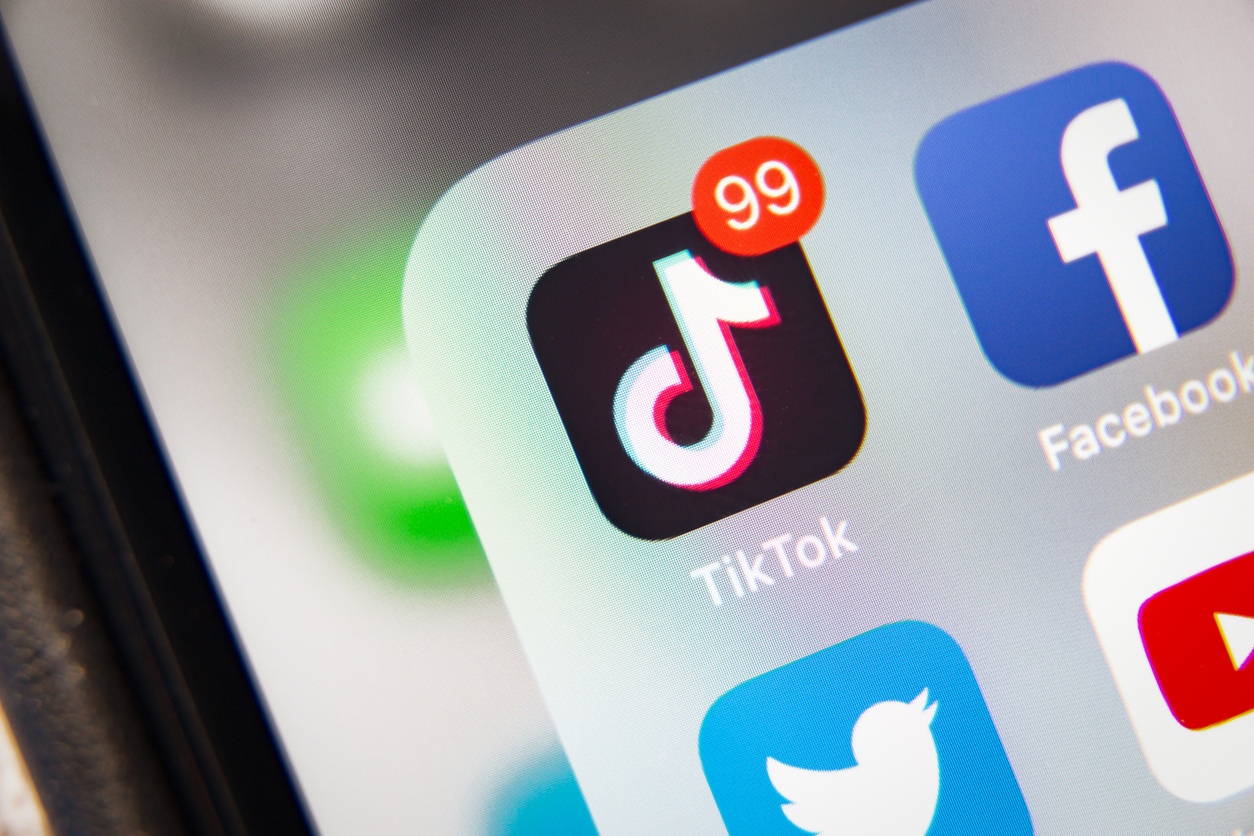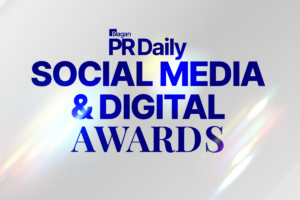What a potential U.S. TikTok ban means for your social media strategy
Speakers from PR Daily’s upcoming Social Media Conference offer predictions and discuss implications.

TikTok faces yet another potential challenge from the U.S. government. The House passed a bill on March 13, the Protecting Americans from Foreign Adversary Controlled Applications Act, which seeks to force TikTok parent company ByteDance to divest its U.S. business.
The bill, which may encounter more opposition in the Senate but has the potential to become law, is the latest move against the social media app from U.S. legislators who have concerns about national security and the Chinese parent company’s user data practices.
While previous legislation at the federal, state and city level have banned the app from government devices, this bill would have more sweeping implications: The ban would penalize app stores from carrying and updating the app. It’s a notable gambit with stateside implications beyond just socialization and entertainment for its more than 150 million U.S. users, considering that more than 5 million U.S. businesses are active on the app, and it’s estimated to contribute billions to the U.S. GDP.
Social media strategy on TikTok and its vertical-video competitors will be a hot topic at PR Daily’s upcoming 2024 Social Media Conference, March 27-29, and that conversation will be shaped by the passage or failure of this latest bill. We spoke with experts who will grace our stage to get their take on what this means for the future of the app.
Why it’s different
This attempt at a ban is unusual for its overwhelming bipartisan support in the House, especially around national security — and for its speed and decisiveness.
“This could potentially be more serious and real for TikTok,” said Karen Freberg, professor in strategic communication at the University of Louisville. “From what I’ve seen, this has caught everyone by surprise not just for the initial ban being brought up again, but how swiftly it made it through Congress today.”
While legislators seemed to fumble with the mere concept of the app in prior discussions and ban attempts, they’re more targeted with their approach this time around.
“This proposed legislation specifically targets ByteDance’s ties to China and establishes a clear process for addressing perceived risks,” said Carlos Gil, longtime social media leader who also operates the sneaker resale brand HypeSection, which has more than 300,000 followers on TikTok and has benefited from organic growth and engagement on the platform. “Moreover, there seems to be a heightened sense of urgency among lawmakers to address these concerns, which could increase the likelihood of the ban being implemented.”
But it’s a double-edged sword because, as Gil points out, it’s also a news source for U.S. users and presents free speech implications in that regard. “It highlights the need for a consistent and transparent approach to regulating social media platforms to ensure the protection of user data and uphold constitutional principles,” he said.
Implications for TikTok and beyond
If the ban is successful and a divestment remains in limbo, the move could impact the way brands and organizations that have been successful on TikTok interact with and build their audiences. They may have to pivot to other platforms and communities, and potentially lose access to audiences they have cultivated in the past.
“The latest attempt at a TikTok ban could have devastating implications for the creator economy and small businesses alike,” Gil said. “The potential ban serves as a stark reminder of the precarious nature of relying solely on social media platforms. While platforms like TikTok offer unparalleled reach and visibility, they also represent ‘rented land,’ where users have little control over their longevity.”
That said, this presents an opportunity for Instagram Reels, YouTube Shorts and other platforms capitalizing on vertical video — which it now appears will include X, formerly known as Twitter — to help creators and brands invest more time with them.
“This could lead to heightened competition in the social media landscape, with platforms vying for user attention and loyalty through innovative features and content offerings,” Gil said.
What now?
Freberg noted that brands will need a plan for either outcome. In the event of a ban, she advised brands and organizations to “embrace the different results this could bring to their business and make plans for what to do if TikTok is banned, (and) be actively communicating with creators and influencers they are working with on the platform so they know they are supported. These individuals have built their brand on the platform, and are probably going to raise questions, concerns, and be scared about the uncertainty.”
Gil recommends ensuring that your organization’s content and marketing mix is diversified across channels, and especially includes owned channels such as newsletters and websites. “Building a robust digital presence beyond social media ensures business continuity even in the face of platform upheavals, reinforcing the adage that businesses are only as good as the platforms they inhabit while they remain relevant,” he told PR Daily.
TikTok has reshaped the social media landscape — but what does the future hold for the app, and how should your organization think about it? Find out more from these speakers and many more at PR Daily’s 2024 Social Media Conference, March 27-29, at Disney World.
Jess Zafarris is director of content at Ragan and PR Daily, as well as an author, editor, journalist, speaker, social media engagement strategist and creator. Follow her anywhere @jesszafarris and connect with her on LinkedIn.







